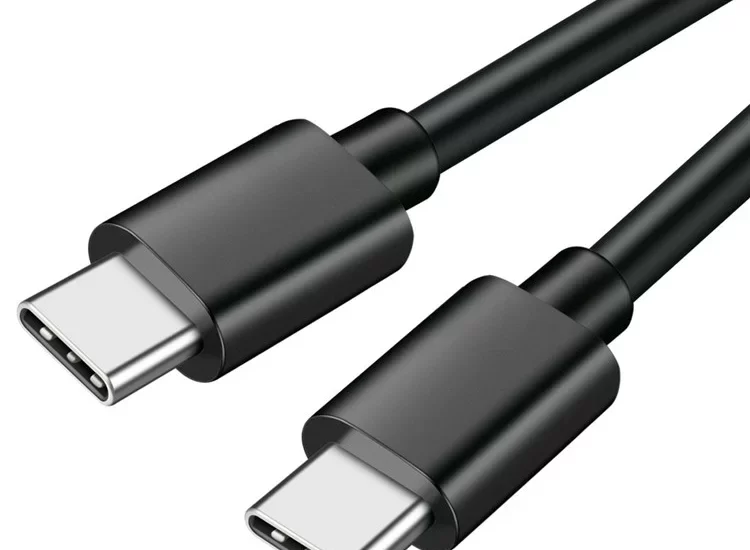The Versatility of USB Cables: Exploring Type C to Type C Short Cables, USB-A to USB-C Cables, and USB-C to USB-A Cables
The Versatility of USB Cables: Exploring Type C to Type C Short Cables, USB-A to USB-C Cables, and USB-C to USB-A Cables
Blog Article
In today’s fast-paced tech world, the variety of USB cables available can be overwhelming. However, understanding the different types and their functionalities can help you make informed choices for your devices. In this blog, we’ll delve into three essential types of USB cables: Type C to Type C Short Cables, USB-A to USB-C Cables, and USB-C to USB-A Cables.

1. Type C to Type C Short Cable: The Future of Connectivity
The Type C to Type C Short Cable is quickly becoming a staple in the tech community. With its reversible design, this cable allows you to connect your devices easily, regardless of orientation. Here are some key benefits:
- Fast Charging and Data Transfer: Type C cables support faster charging and data transfer speeds compared to their predecessors. With capabilities of up to 100W power delivery and data rates of 10 Gbps, these cables can handle everything from charging your smartphone to powering larger devices like laptops.
- Compact and Convenient: Short cables are ideal for travel or everyday use. Their compact size reduces clutter and makes them easy to store in bags or pockets, while still providing the versatility needed for quick connections.
- Universal Compatibility: Type C is becoming the standard for many devices, including smartphones, tablets, and laptops. Having a Type C to Type C cable means you’re ready for the latest technology.
2. USB-A to USB-C Cable: Bridging the Old and New
While USB Type C is becoming the standard, many people still have devices that use the traditional USB-A connector. The USB-A to USB-C Cable provides a perfect solution, allowing you to connect newer devices to older ones.
- Versatile Connectivity: This cable allows you to connect USB-C devices, like smartphones and tablets, to USB-A ports on chargers, laptops, or power banks. It’s perfect for those who have a mix of old and new technology.
- Durable Design: Many USB-A to USB-C cables are built with robust materials to withstand daily wear and tear, ensuring longevity and reliability.
- Ideal for Charging and Data Transfer: These cables typically support fast charging and high-speed data transfer, making them an efficient choice for syncing your devices.
3. USB-C to USB-A Cable: A Must-Have for Every Tech User
The USB-C to USB-A Cable is another essential for anyone looking to connect modern devices with older USB-A ports. Here’s why it’s a valuable addition to your tech arsenal:
- Connect and Charge Anywhere: This cable allows you to charge your USB-C devices using standard USB-A power sources. Whether you’re at home, in the office, or on the go, you can easily find a compatible charger.
- High-Speed Performance: Many USB-C to USB-A cables support fast data transfer rates, enabling you to transfer files quickly between devices. This is particularly useful for photographers or videographers who frequently move large files.
- Versatility in Accessories: This cable can also be used with various peripherals, such as external hard drives and printers, providing flexibility for all your connectivity needs.
Conclusion
Understanding the differences between these cables can enhance your tech experience and ensure you have the right connections for your devices. The Type C to Type C Short Cable is perfect for modern devices, while the USB-A to USB-C Cable and USB-C to USB-A Cable provide the versatility needed to bridge the gap between older and newer technologies. By incorporating these cables into your tech setup, you can enjoy seamless connectivity, faster charging, and efficient data transfer, making them essential tools for every tech-savvy individual. Report this page